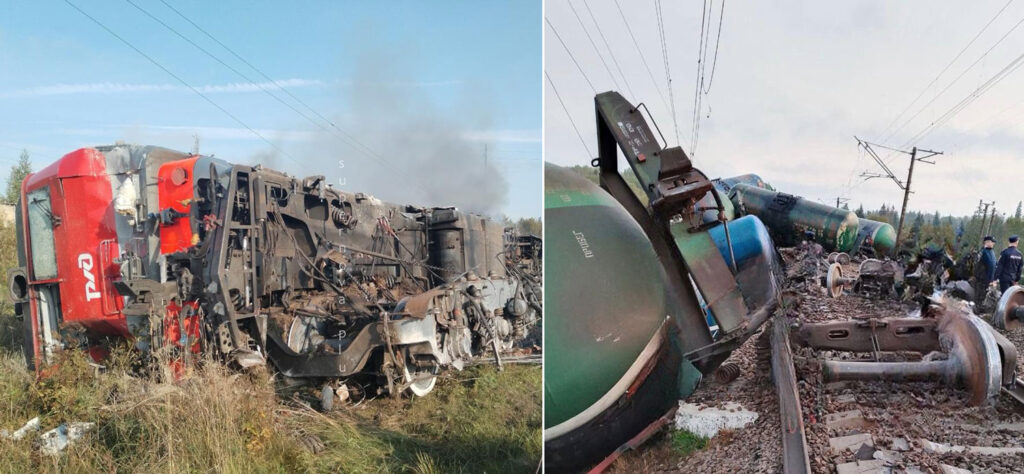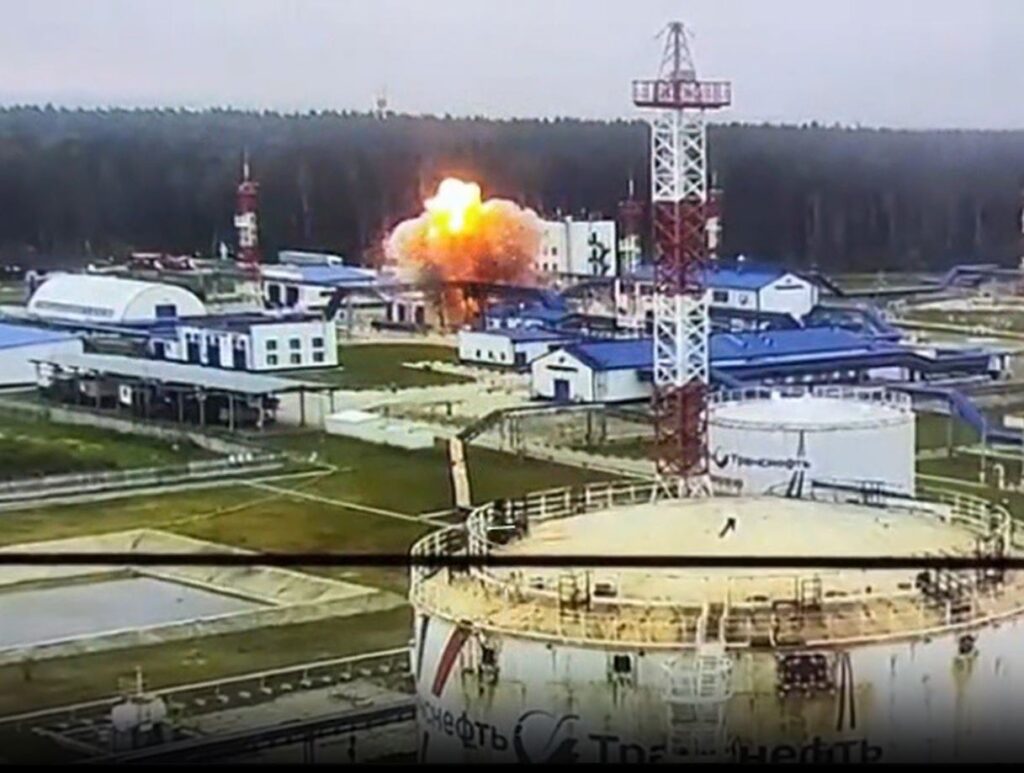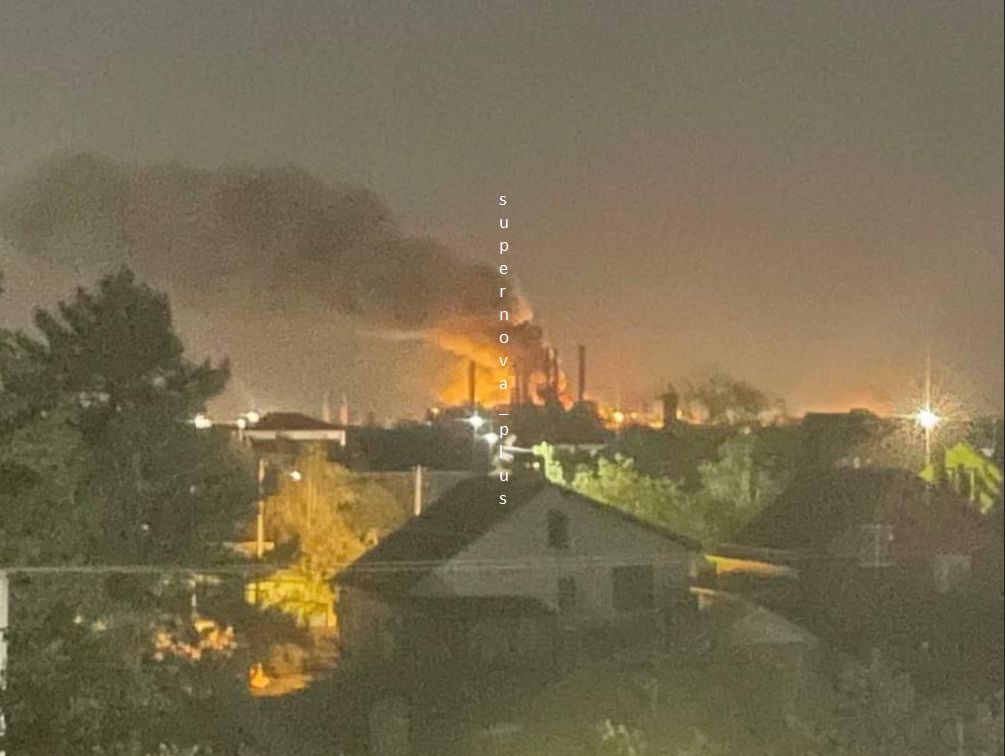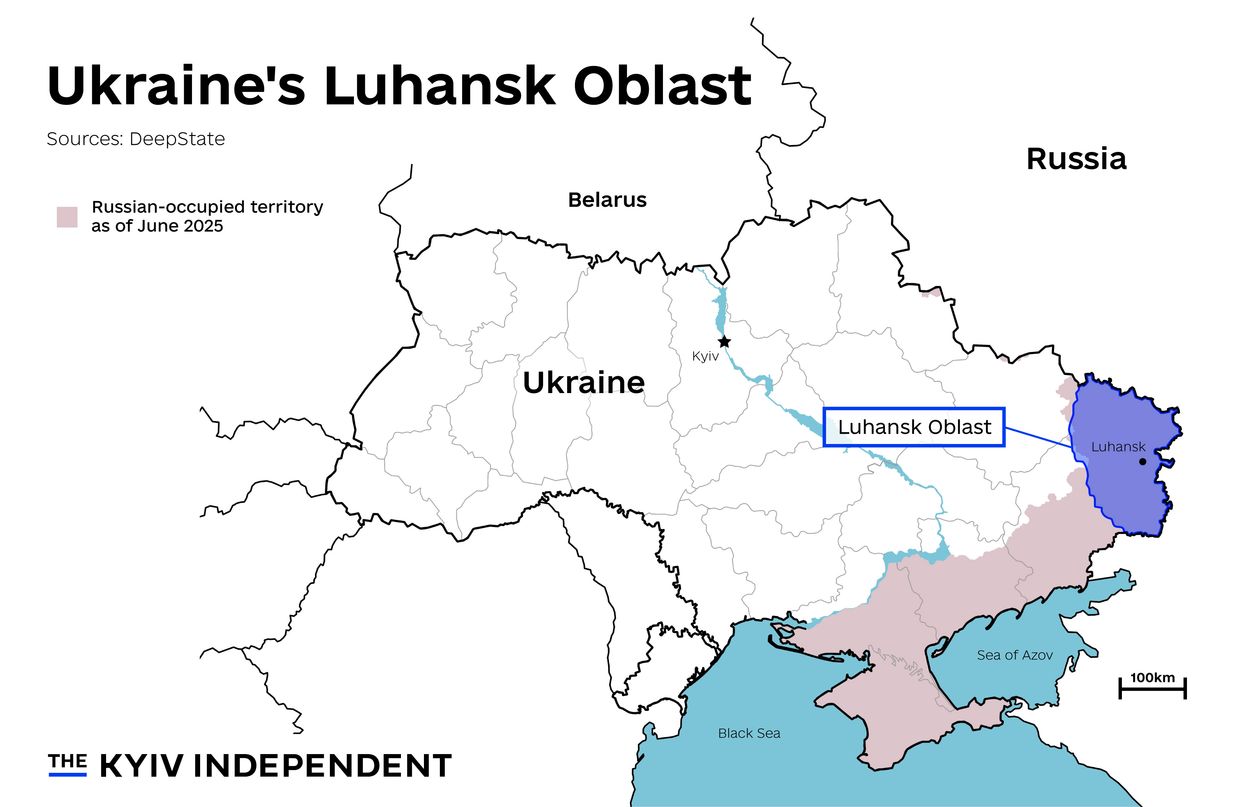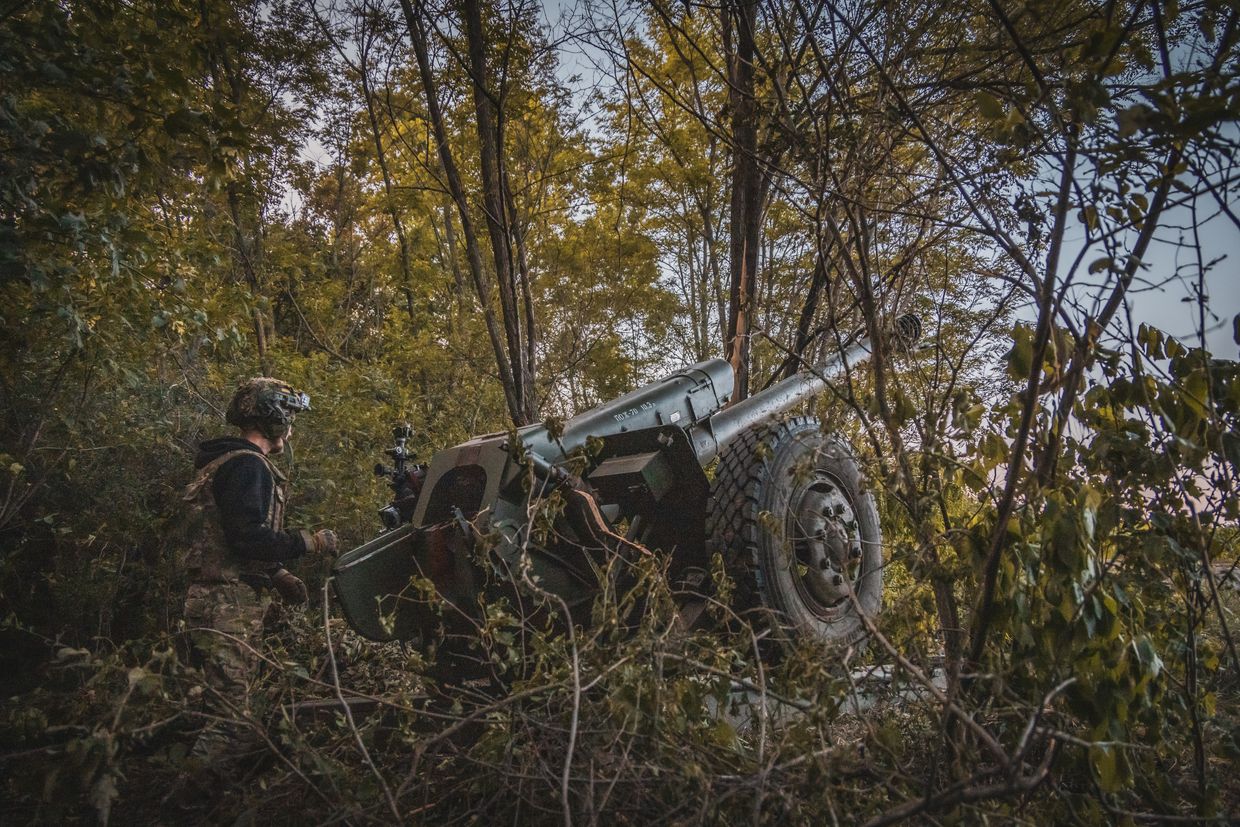AI sees, diesel drives, armor protects—Ukraine’s 4-ton ground drone Bufalo is designed to endure war
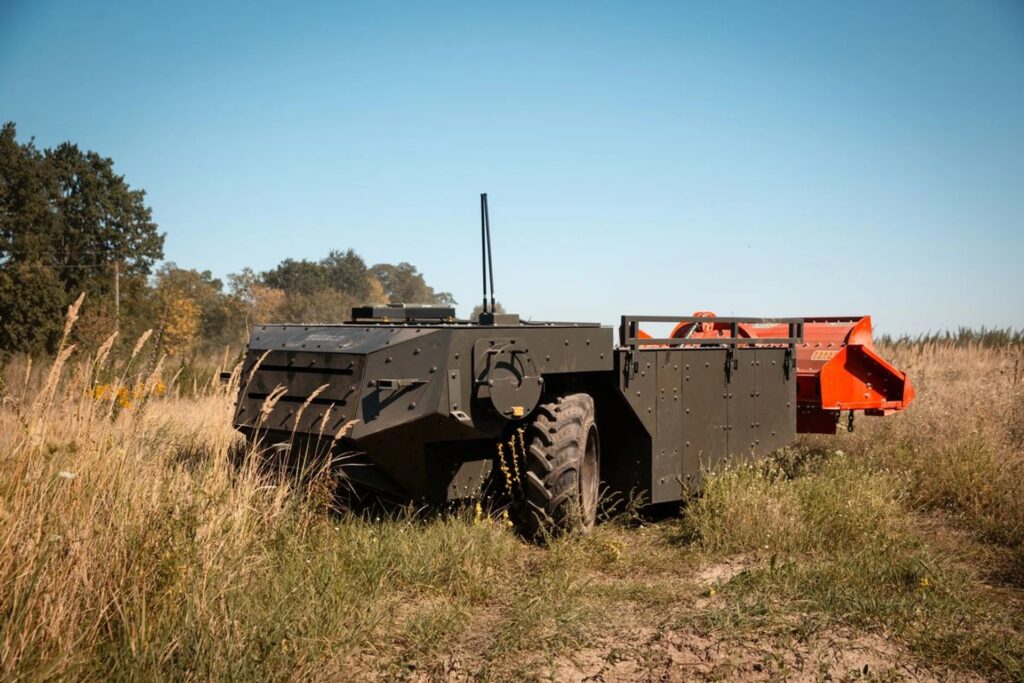
A new Ukrainian military robot is rolling out. Oboronka news site reports that the 4-ton ground drone named “Bufalo” is diesel-powered, armored, and built for AI-assisted frontline logistics and demining.
Bufalo: Ukraine’s new diesel-driven ground drone for war
Bufalo’s key advantage is its diesel engine. Fuel tanks can be scaled by mission, giving it a range of 100–200 km without battery swaps. Developers say electric drones can’t meet today’s longer frontlines.
“Electric drones cannot cover the distance to deliver provisions and ammunition to the front,” said company head Vladyslav.
Built for real combat conditions
Bufalo’s chassis is armored with European steel. It withstands any bullet and indirect 152 mm artillery if shells land beyond 100 meters. Even if damaged, its wheels remain operational.
The drone uses Starlink with GPS or a radio link for communications. A CRPA antenna protects satellite signal from jamming. If Starlink fails or is disabled, a relay-equipped drone can take over the signal.
AI-driven navigation, but no killer robot
Bufalo uses onboard cameras to detect obstacles up to 15 meters away, suggest safe routes, and stop if needed. Navigation is assisted by AI, but decisions stay human-controlled.
“The robot can lock onto and follow a target, but it will not make decisions to destroy equipment or people. I will never allow it to make decisions in place of a human…” said Vladyslav.
From failure to battlefield resilience
The idea for Bufalo came after a drone prototype failed a demo—losing a wheel and flipping. A soldier dismissed the tech, pushing Vladyslav to start from scratch. His new team asked the General Staff for requirements and collected feedback from frontline units.
Requests included smoke grenades, armored wheels, a shielded bottom to resist mines, and Starlink integration. All were implemented.
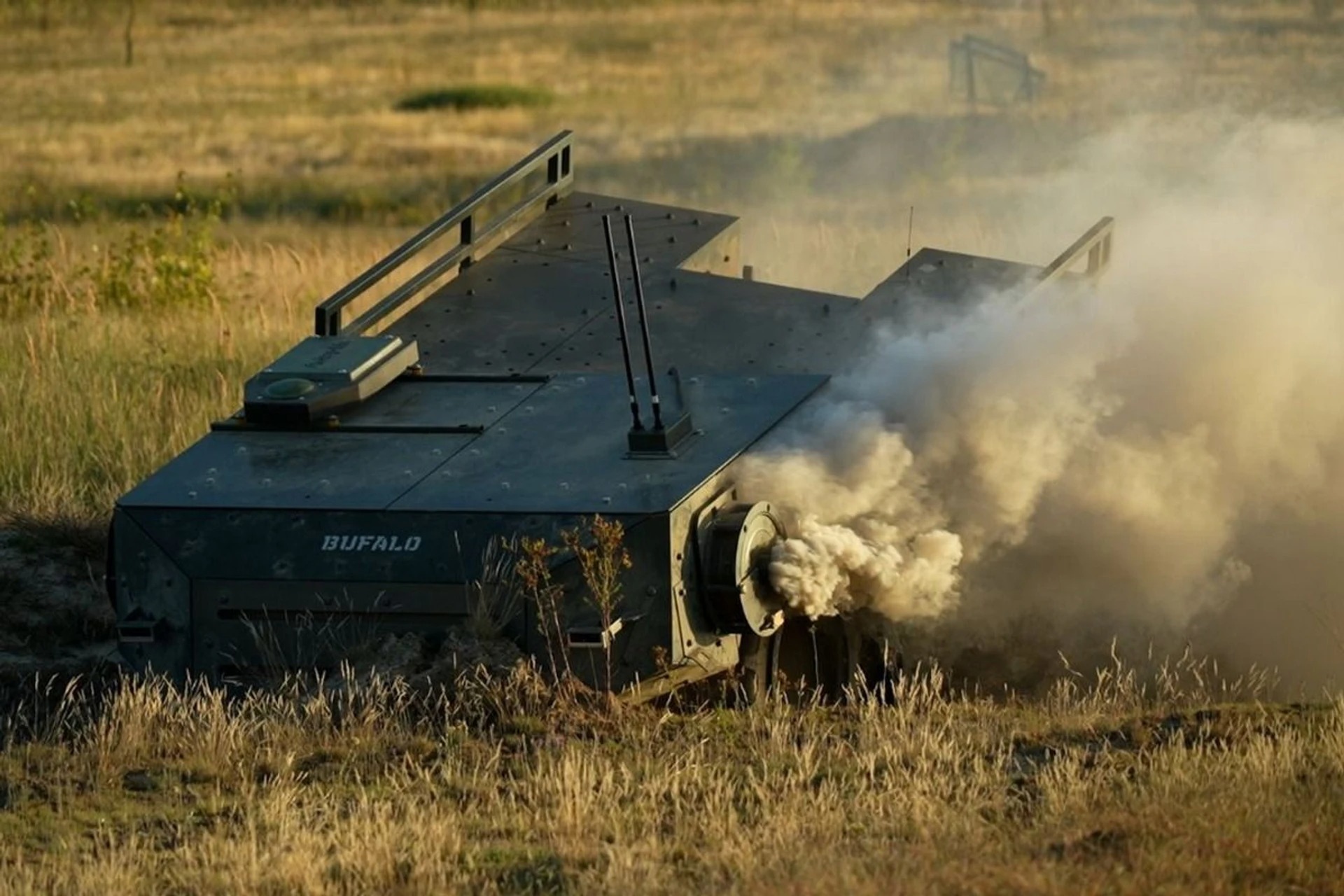
Timeline and domestic focus
The Bufalo project launched in January 2025. From March to August, the team built and tested the demining version. That kit includes the drone, a hydraulic system, mulcher, control panel, and trailer.
What’s next for Bufalo?
Bufalo is modular and may get combat features soon. The team is exploring weapon modules and engineering tools like remote trenching scoops. An 11-channel radio jamming system has passed tests and is ready for integration.
“We’re building an infrastructurally simple drone, so one control system can be removed and another installed. We’ve made understandable communication interfaces. The EW manufacturer just needs to provide a connector—we’ll plug it in and it’ll work automatically,” said Vladyslav.
The team plans an official presentation, followed by codification and production. Initial output will be 10 drones per month, with plans to scale.
Read also
-
Ukraine downs Russia’s rare cruise missile-capable heavy drone Orion in Kursk Oblast using interceptor UAV (video)
-
Ukraine’s new bullets are blasting drones at 50 meters — without new weapons
-
First battlefield capitulation to robots: Ukrainian drones force Russian surrender and seize fortified position (video)
